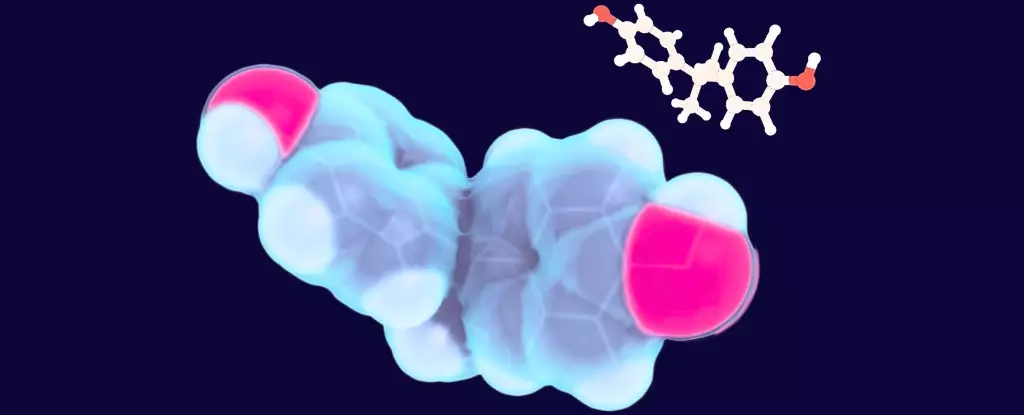In recent years, there has been a significant surge in diagnoses of Autism Spectrum Disorder (ASD) and Attention Deficit Hyperactivity Disorder (ADHD). These increases have sparked a multitude of studies aimed at uncovering the underlying causes and contributing factors of these neurodevelopmental disorders. Researchers are particularly focused on the impact of environmental toxins, with a recent study shedding light on the relationship between children’s ability to metabolize certain chemicals and the diagnoses of ASD and ADHD.
A particular chemical of interest is bisphenol A (BPA), a widely used plastic additive found in numerous household items, ranging from food containers to plastic bottles. BPA has been implicated in hormonal disruption, which can lead to serious health issues such as infertility and certain types of cancer. What distinguishes this recent research is the focus on how children with ASD and ADHD metabolize BPA compared to their neurotypical peers. The study conducted by researchers from Rowan University and Rutgers University highlights an intriguing difference in the detoxification process involving glucuronidation, which is the body’s primary mechanism for clearing toxins through urine.
The study involved three groups of children: 66 diagnosed with autism, 46 diagnosed with ADHD, and a control group of 37 neurotypical children. The researchers sought to understand how effectively these children could eliminate BPA and its toxic effects from their bodies. Results indicated that children with ASD and ADHD demonstrated a reduced ability to detoxify BPA compared to neurotypical children. Specifically, the efficiency of BPA removal was diminished by approximately 11% in children with ASD and 17% in those with ADHD. Moreover, the study found similar issues in clearing another compound, diethylhexyl phthalate (DEHP), although the statistical significance was more pronounced with BPA.
The study suggests that specific gene mutations in some individuals might impede the efficiency with which BPA is cleared, leading to prolonged chemical exposure in vulnerable tissues. This could pose risks for neural development, which is particularly concerning given the developmental nature of both ASD and ADHD. The implications of these findings highlight the intertwined relationship between genetic predispositions and environmental exposures in the onset of these disorders—an area that warrants further exploration.
Exploring Broader Environmental Influences
While the correlation established in the study is notable, it is crucial to recognize that not all children with neurodevelopmental disorders displayed difficulties in processing BPA. This variance suggests that multiple factors contribute to the development of ASD and ADHD, beyond just genetic predisposition and chemical exposure. It raises the question of how early in life these disorders begin to manifest and whether they are influenced by prenatal factors or later environmental stimuli.
Continued research is essential not only to clarify the relationship between environmental pollutants and neurodevelopmental disorders but also to identify the specific mechanisms through which these disorders develop. The data gathered thus far points toward a complex interplay of genetic and environmental factors that could influence children’s health outcomes significantly. The quest for understanding the full scope of influences on ASD and ADHD will undoubtedly be pivotal in developing effective interventions and preventive strategies.
As the landscape of research into the causes and effects of ASD and ADHD expands, it underscores the necessity for a comprehensive approach that considers both genetic and environmental elements. The findings regarding BPA and its clearance in children with these disorders represent just a fragment of a larger puzzle, highlighting an urgent need for further inquiry. Only through a multi-dimensional understanding of these neurodevelopmental conditions can we hope to improve children’s health outcomes and quality of life. Ultimately, this research endeavors to provide insights that not only advance our understanding of autism and ADHD but also lead to actionable solutions to mitigate their prevalence and effects in future generations.


Leave a Reply